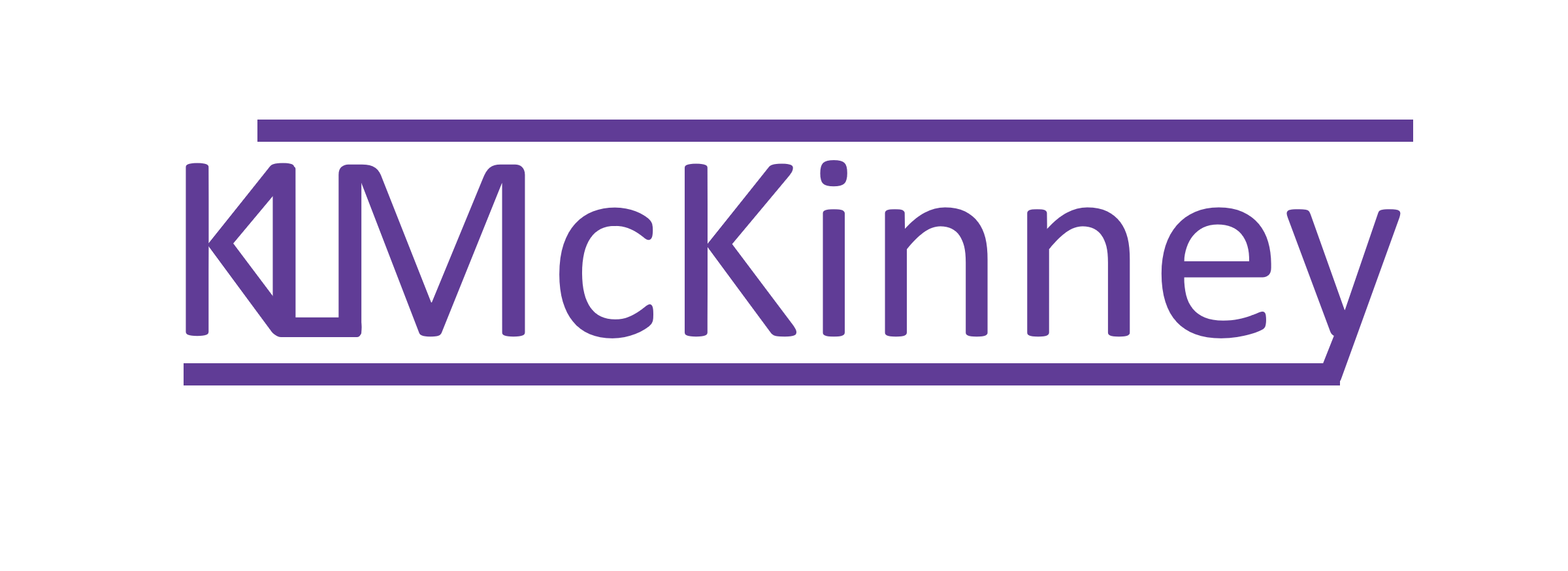Dark Data in Litigation
Information governance models address many of the key factors associated with data storage, retrieval, mapping, searching, best practices for retention, and compliance based on known information. Advanced participants in information governance have found creative ways to harness categorization and analytics regarding data that has been previously handled for various business purposes, including litigation. However, there is a monster looming and growing. His name is Dark Data.
No one should be greatly alarmed, because this monster can be wrangled like Daenerys Targaryen rides her dragon, if handled properly. Law Firms in particular are leaving a wealth of opportunity behind with Dark Data, but the time has come where technology can help them to reclaim it.
What is Dark Data?
Gartner Inc. describes these “information assets that organizations collect, process and store in the course of their regular business activity, but generally fail to use for other purposes” as Dark Data. Complex litigation matters present a unique example of the opportunity to realize the value of this residual data, particularly as spin-off legal matters develop.
Why care about Dark Data in Litigation?
The larger the data population involved in a litigation matter, the higher is the likelihood that the collection becomes relevant for other matters. As new matters evolve issues may vary in quantity. Secondary matters can often be managed quite efficiently by exploiting the common privilege and responsive designations from the original matter.
Reuse of data in this fashion involves consideration of the data that will fall away from the original collection for various reasons. The reasons for the data declassification can function as intelligence for the secondary matter. The data that falls away can also function as a source of intelligence in general with regard to future preservation, decision support, and knowledge management. Should this type of information be retained in the future? Should it be compared to other retained information in the organization? Was any of the information that fell away, an example of a safer way to communicate regarding certain subjects? Did any of the documents that fell away contain the same high risk content as documents that were retained, even though the document was not relevant to this matter because key parties/products/lines were not represented in the declassified documents? The fallen away documents constitute Dark Data that can answer these types of questions.
In their quest for greater value and reduced cost in litigation, in-house counsel press for the realization of data reusability from review and coding designations across matters. However, spin off matters often involve newly added documents and additional coding designations. Document additions can result from broader issues in spin off matters. Conversely, some of the issues from the original matter may not be relevant for subsequent matters. The removal of issues from one matter to the next can also function as a source of Dark Data by virtue of the issue in general or the documents that it removes from consideration for the subsequent matter.
When beginning a spinoff matter, a return to the source of documents promoted to review in the original matter, may be required to identify newly qualified documents. This task can prove challenging, when using a different mining topology and seeking to harness the useful work product from previously promoted documents. However, this exercise can prove highly valuable and result in significant cost savings. The obvious savings result from the reuse of the documents and coding that apply to the current matter. However, the less obvious long term cost savings can be realized from leveraging knowledge regarding what was declassified from the previous matter as decision support for the early removal of newly queued documents.
Where is the Dark Data Value?
In this labyrinth where we pursue data reusability with added and removed relevance criteria accompanied by differing opinions of the legal teams between cases the efficiency gains for the subsequent matters is just the beginning of the value that can be pursued by counsel. Dark Data exists in the content removed from the original matter.
In House counsel would like to see more in the way of risk management feedback from their counsel involved on their complex litigation to reduce the likelihood of having to pursue more large scale matters of the same nature. Dark Data provides a resource to identify those opportunities for changes in corporate behaviors and to identify sources of high risk behavior that requires management.
In order to realize the dark data value in these types of engagements, outside counsel will need to thoroughly evaluate the data that falls away from their active litigation. With the data residing in eDiscovery databases, early case assessment tools, and information governance products, the ability to exploit dark data should be as simple to accomplish as using the database search, analytics, or predictive coding tools in their existing databases. In addition to applying these tools to their active and relevant data, they can apply them to their inactive and irrelevant data for analysis.
A look at the EDRM and the Opportunities for Dark Data Exploitation
EDRM Dark Data Sources by Category:








